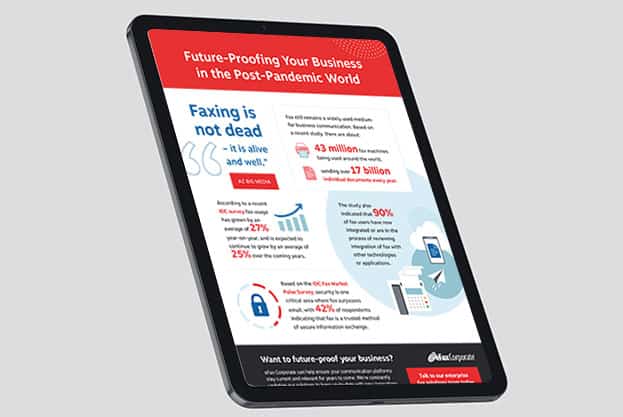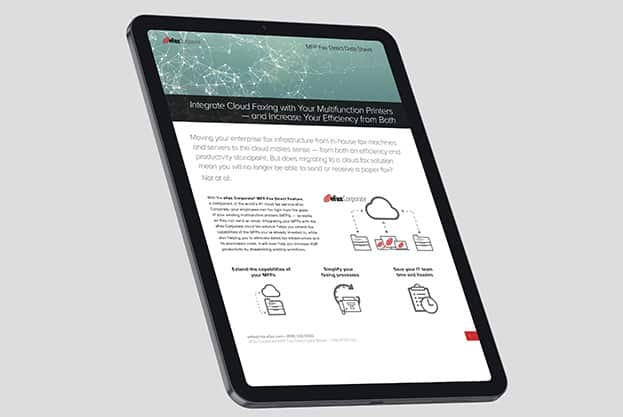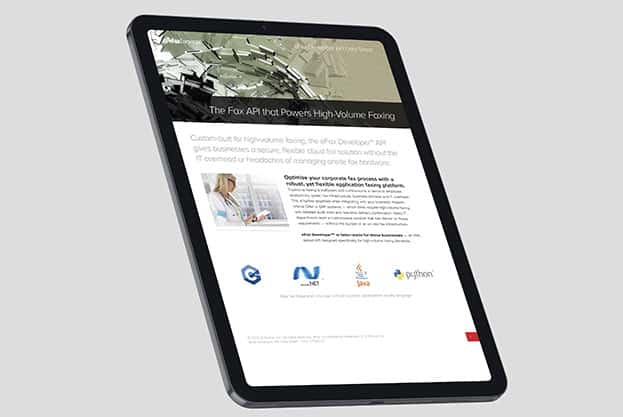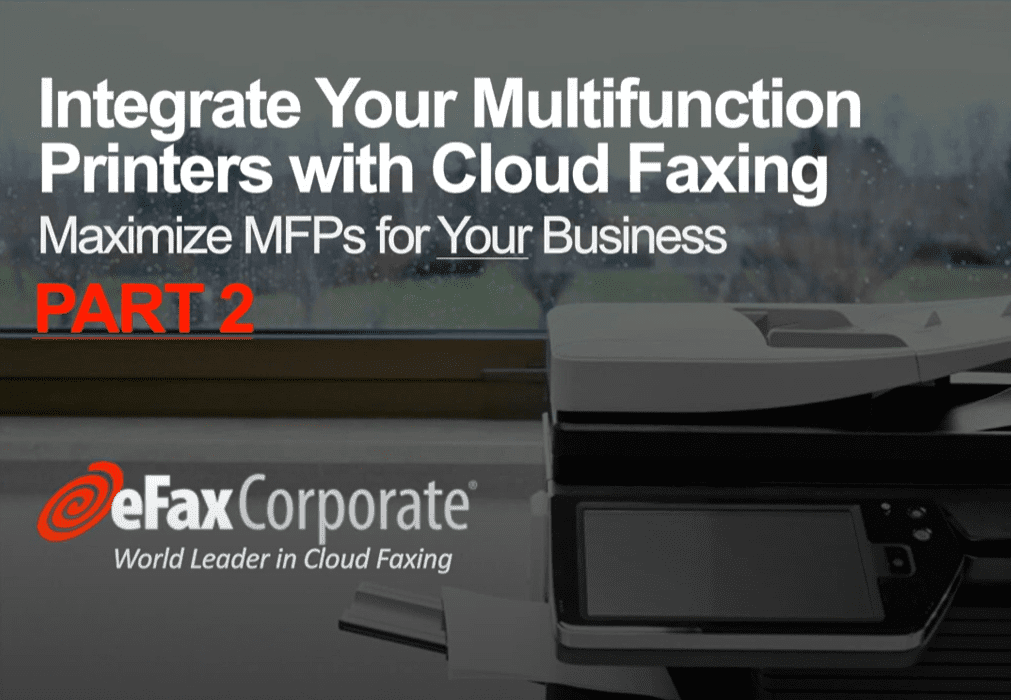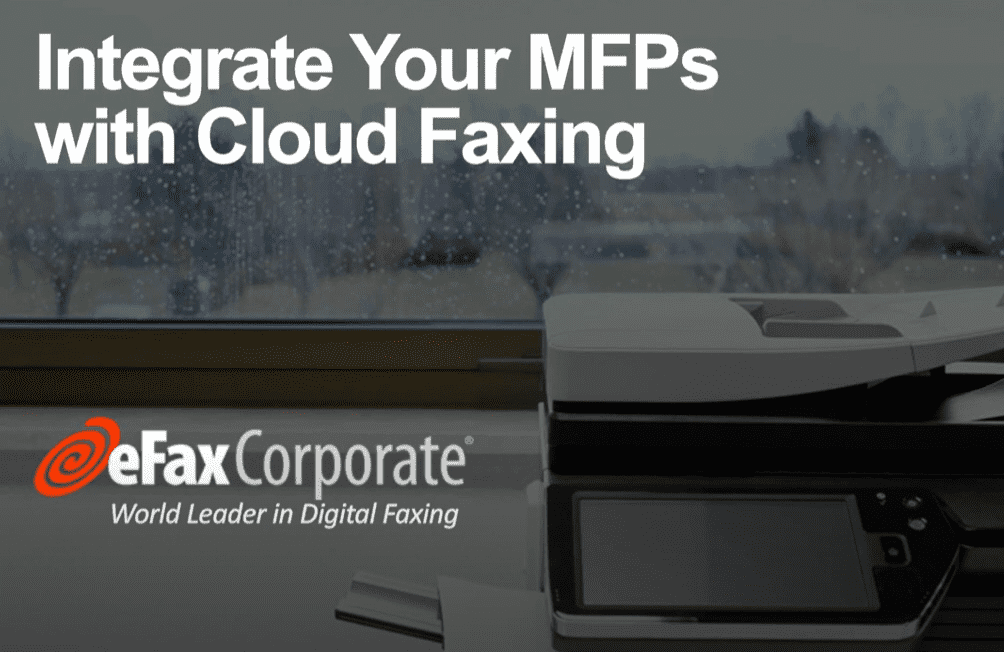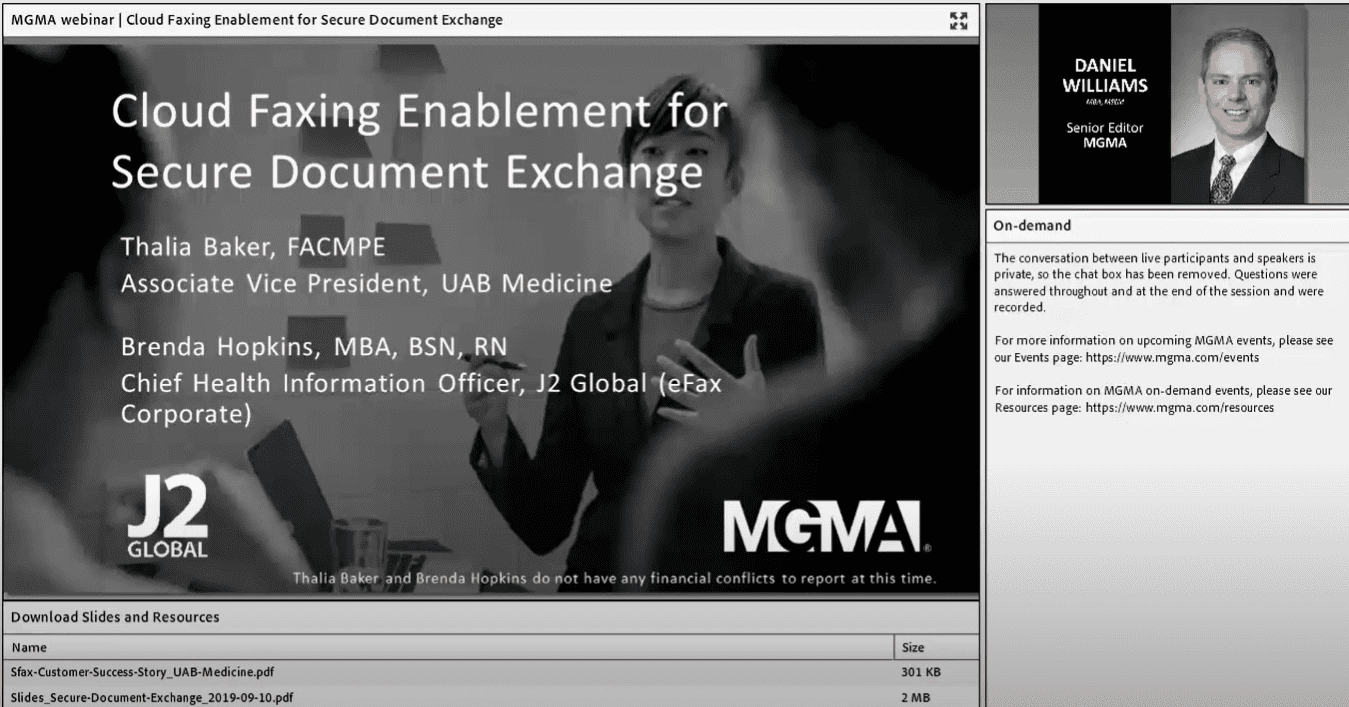If you want to send a business document, it’s a given that you want it to be transmitted in the safest, most secure way possible. You don’t want prying eyes intercepting your messages, and you don’t want sensitive data and information falling into the wrong hands. So which communication method should you choose: email or electronic faxing?
Both have their own upsides and conveniences. Email is very widely used and generally reliable; it’s a standard communication method in businesses worldwide. Electronic faxing carries all the benefits of traditional faxing and more, and can save you plenty of time and effort – for example, when sending larger documents, which you don’t need to wait around for as you would via many other methods.
There are security benefits and risks for both email and electronic faxing, so it’s best to weigh up your options. Let’s take a look at both of these methods in greater detail.
Email: security benefits and risks
Email has overtaken all other forms of communication to become the prime method used by businesses worldwide. But just as there are many security benefits to emails, there are also ways in which their security can be compromised – some of which you may not have even considered.
Benefits
- Email programs are generally encrypted with a reliable log in and password system.
- Firewalls and anti-malware are usually successful at protecting the computer from harmful intrusions.
- Emails can be sent to a single recipient to ensure that no others are privy to the information they contain, whereas, like we mentioned above, faxes will sometimes be directed towards machines in a less private space within an office.
Risks
- Emails are vulnerable to dangerous attachments – spyware or other malicious software that can be attached to a message in order to infect the recipient’s computer.
- Email accounts may be hacked and accessed by people other than their owner.
- Emails can be used to conduct scams such as phishing – the attempt to acquire information such as usernames, passwords, credit card numbers and bank account details.
- Emails cannot be used to send legally binding documents in the same way faxes can.
Electronic faxing: security benefits and risks
Faxing has long been a staple of business communication. In recent years, business may have trended towards the achievement of a paperless office, but by no means has this rendered fax obsolete. In fact, the onset of electronic faxing has ensured that fax remains important in the business world.
But how safe and secure is electronic faxing? Here are some of its security benefits and risks.
Benefits
- Documents sent by fax are able to be considered legally binding, especially if they contain a physical or digital signature.
- Electronic faxes carry the option of being sent to an email inbox rather than a physical fax machine. This means you can choose which sensitive documents you would rather receive via email rather than a physical copy through a fax machine.
- While traditional faxing often uses unsecured phone lines, electronic faxes are encrypted using a secure and reliable system to protect your data.
- Electronic faxing is not susceptible to the time-wasting spam and malicious malware that can be common with other internet-based communication methods.
Risks
- All fax machines, including those working with electronic faxes, utilise the same protocol. This means that a fax sent from one machine may potentially be intercepted by someone who gains unauthorised access to the network.
- When electronic fax is used with a physical machine as the recipient, the paper document received has the risk of being intercepted by someone other than its intended recipient, especially if the machine is located in a communal office area


